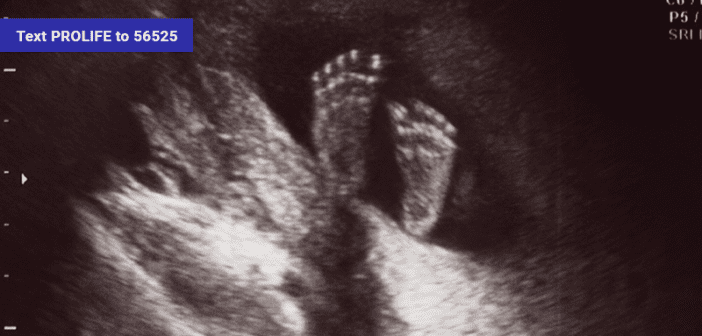At the end of November, the Centers for Disease Control and Prevention (CDC) released a report on abortion data from 2018, the most recent year for which data are available. The numbers indicate that there was a slight increase in the number of abortions in the United States from the previous year, but that the overall number of abortions, abortion rate, and abortion ratio have decreased significantly from a record high in the early 1990s.
Each year, the CDC requests data from all the states and Washington, D.C., and New York City and analyzes the data. As Texas Right to Life has previously reported, the CDC reports are not complete because a few states, including California, one of the nation’s most populous states, as well as New Hampshire and Maryland, refuse to submit data. Given the missing information, the CDC reports underestimate the number of abortions in the United States.
According to the most recent report, “Among 48 reporting areas with data each year during 2009–2018, in 2018, a total of 614,820 abortions were reported, the abortion rate was 11.3 abortions per 1,000 women aged 15–44 years, and the abortion ratio was 189 abortions per 1,000 live births.” The number of abortions in 2017 was reportedly 609,095, so the increase of 5,725 represents a 1% rise. Despite this slight uptick, the report continues, “From 2009 to 2018, the total number of reported abortions, abortion rate, and abortion ratio decreased 22% (from 786,621), 24% (from 14.9 abortions per 1,000 women aged 15–44 years), and 16% (from 224 abortions per 1,000 live births), respectively.”
The report includes a brief summary of the trends in abortion numbers following the legalization of elective abortion nationwide with the Roe v. Wade decision in 1973. In the years after legalization “the total number, rate (number of abortions per 1,000 women aged 15–44 years), and ratio (number of abortions per 1,000 live births) of reported abortions increased rapidly, reaching the highest levels in the 1980s, before decreasing at a slow yet steady pace.” As in 2018, 2006-2008 saw a slight increase in abortion numbers, but following those years, abortions continued to decline. Comparing 2018 to 1990, which had the highest recorded number of abortions, there is a decline of 57% (1,429,247 in 1990 to 619,591 in 2018).
Analyzing the data, Live Action News noted, “Comparing 2018 abortion numbers to those that took place in 1973 when Roe v. Wade legalized abortion throughout the U.S., the numbers are shockingly similar, with 2018’s numbers surpassing 1973’s (615,831) by about 4,000 abortions. In addition, the 2018 data shows that over the past 10 years (825,564 in 2008 v. 619,591 in 2018), abortions reported to the CDC have dropped by nearly 25%.”
Live Action News also analyzed the number of late-term abortions that occur in the United States by looking at the data in the CDC reports. In 2018, 50,000 abortions were committed at 14 weeks or later, with nearly 6,200 of those committed at or over 21 weeks. These numbers demonstrate, as Live Action News rightly argues, that abortion on fully developed babies at advanced gestational ages are not as “rare” as anti-Life activists often argue. In fact, tens of thousands of abortions occur after the first trimester. Although abortion at any stage of development is the ending of a human life, many people more readily recognize the injustice of killing a child later in pregnancy and many people are disturbed by these abortions.
What may be even more surprising for some people is that the 50,000 abortions committed after 14 weeks’ gestation may not be the only abortions committed at that late stage in pregnancy. The 2018 report indicates that not all states include the gestational age of the preborn baby killed in abortion, so the actual number is not known. Live Action News noted, “According to the 2018 report, 509,662 abortions out of a total of 619,591 reported gestational age. The data showed that 39,979 abortions at 14 weeks or greater were reported in 2018, an increase of nearly four percent over the 38,448 later abortions reported in 2016.” With the lack of uniform reporting, some of the unspecified abortions may be on babies late in pregnancy.
While the most recent report from the CDC shows a slight increase in the number of abortions, the abortion rate, and the abortion ratio, the decades-long trend of decreasing abortion numbers indicates that Pro-Life efforts are reaching mothers and families in crisis. The hundreds of thousands of lives violently ended through elective abortion should encourage Pro-Lifers to continue to work to defend the most vulnerable.


